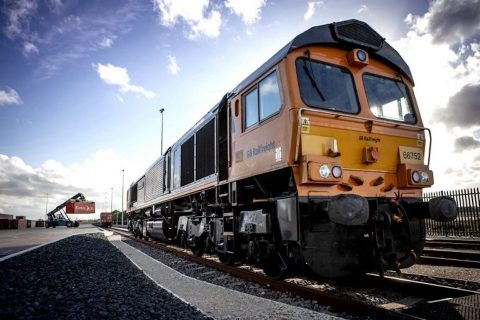Rail freight on Crimea Bridge still restricted, ferries bring cargo across

Ever since the bomb blast of the Crimea Bridge that connects the Crimean Peninsula with mainland Russia, rail wagons have been shipped across the Kerch Strait by vessels. The railway bridge is currently open with a single track, and this is likely to remain the case until fall next year.
Do you want to read the full article?
Thank you for visiting RailFreight.com. Become a member of RailFreight Premium and get full access to all our premium content.
Are you already a member?
Having problems logging in? Call +31(0)10 280 1000 or send an email to customerdesk@promedia.nl.





